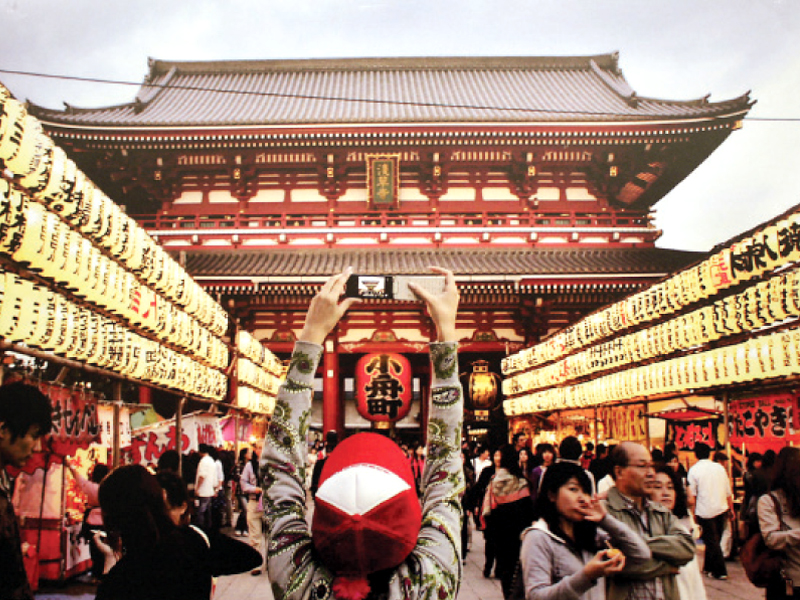
LAHORE:
Japanese Ambassador Hiroshi Inomata on Wednesday inaugurated two exhibitions at the Alhamra Art Gallery.
The first exhibition, titled Contemporary Japan Caught on Lens, was a collection of photographs taken by Jahangir Khan who toured Japan on a photojournalism training programme organised by Asahi Shimbun Institute of Journalism between October 2009 and March 2010.
As many as 150 pictures were displayed, showing various aspects of Japanese culture.
Inomata appreciated the photographer’s creativity.
“Khan has captured some amazing scenes,” he said.
The second exhibition was titled Evolving Imagery, Ukiyo-e and Contemporary Prints from Japan.
It featured a collection of Japanese prints by artist Sabah Husain. Her exhibition was organised by the Lahore Arts Foundation Trust in collaboration with the Embassy of Japan and Alhamra Arts Council.
Ambassador Inomata appreciated Husain’s work. He said her work was a delightful depiction of Japanese art.
“Ukiyo-e is Japanese woodblock prints of the Edo era of 1603-1867,” he explained.
Inomata said typical subjects of Ukiyo-e included pictures of beautiful women, birds flowers, the Kabuki theatre and famous landscapes.
He said Ukiyo-e had influenced some famous impressionists, including Vincent Van Gogh and Claude Monet.
Husain said, “I wanted to show the similarities and differences between Ukiyo-e art and contemporary works. They have been put on display simultaneously so that the audience can see how Japanese art has evolved.”
“Ukiyo-e literally means pictures of the floating world,” Husain said.
She said it referred to woodblock prints made during the Edo period.
She said it represented interests and concerns of the people of the era.
She said the Edo era was credited with the development of classical techniques of Japanese woodblock prints. Its famous exponents included Kitagawa, Utamaro, Katsushika, Hokusei, Ichizyusei Hiroshigei and Shahraku.
She said artists were commissioned by the emerging bourgeoisie to paint and create prints of various subjects, including festivals, theatrical performances, portraits of courtesans, Kabuki actors and landscapes.
“They were superb works which also influenced impressionists in the west,” she said.
The exhibition will remain open till November 8.
Published in The Express Tribune, October 24th, 2013.






















































COMMENTS
Comments are moderated and generally will be posted if they are on-topic and not abusive.
For more information, please see our Comments FAQ